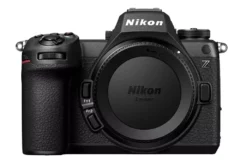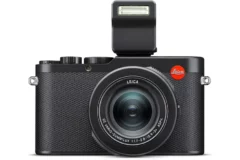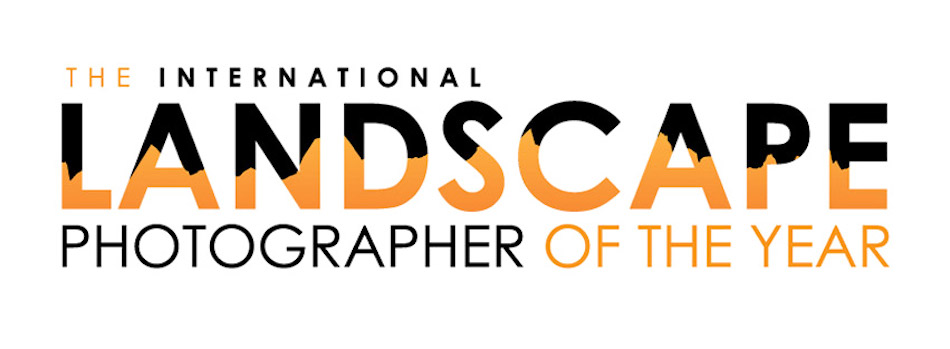International Landscape Photographer of the Year 2015 Winners Announced
The winners of the second International Landscape Photographer of the Year (ILPOTY) 2015 competition has been announced.
From 2604 entries, the winner of the second International Landscape Photographer of the Year (based on a folio submission of at least 4 images) is Luke Austin from Australia.
Luke uses a Nikon D800E with the Nikkor 14-24mm f2.8, 45mm f2.8 Tilt Shift and 70-200mm f4 lenses, and an assortment of Feisol Pro and Tournament series tripods. The runner-up International Landscape Photographer of the Year is Ricardo Da Cunha from Australia..
THE 2nd INTERNATIONAL LANDSCAPE PHOTOGRAPHER OF THE YEAR 2015 Winners Announced!
Sydney, Australia
Professional and amateur photographers worldwide were invited to enter the second International Landscape Photographer of the Year competition.
From 2604 entries, the winner of the second International Landscape Photographer of the Year (based on a folio submission of at least 4 images) is Luke Austin from Australia.
“I enjoy the solitude of being in the landscape, surrounded by nothing but the natural environment. I find being out there with a camera in hand allows me to slow down and appreciate the finer details of the world.
“When I am not on location actually shooting, I am at home in Perth, trying to juggle all the other bits and bobs that come with operating as a photographer, as well as running another business. I was recently married, so kids are yet to come – and the reality is I’ve got no idea how challenging it really can be!
“My love for photography started in high school. We were supplied with a fully manual Pentax K1000 film camera, along with black and white film and certain tasks and projects that we had to complete. It was great to have the experience of playing around in the darkroom and developing our own black and white photographs, even though for me it seemed to be a bit hit-and-miss.
“It was a number of years later that I decided to get back into photography. I was inspired by a particular National Geographic issue that featured a project of Jim Brandenburg’s where he took one photo a day for 90 days (from the Autumn equinox to the Winter solstice). The body of work was beautiful and just about every photograph moved me.
“This National Geographic issue was in the lunch room where I was working part-time while studying Environmental Science. I studied those shots during the majority of my lunch breaks for a solid year. Once I completed my studies (2003/2004), I bought a Nikon D70 and headed around Australia, living out of a van (mostly) for a year. This is when the obsession for landscape photography really began.
“Over the past few years, I have spent time photographing Canada, New Zealand and Australia, working on developing my vision and style which I find continually challenging.
“Currently I am working on projects with a collective of photographers (Adam Williams, Ignacio Palacios, Paul Hoelen and Ricardo Da Cunha) where the focus will be on Australia and its wide range of landscapes. This is something I am really enjoying and looking forward to in the years ahead.”
Luke uses a Nikon D800E with the Nikkor 14-24mm f2.8, 45mm f2.8 Tilt Shift and 70-200mm f4. He uses Feisol Pro and Tournament series tripods which he says are incredibly good value. Other useful equipment includes a pair of waders and an SPL underwater housing. lukeaustinphotography.com
The runner-up International Landscape Photographer of the Year is Ricardo Da Cunha from Australia.
The winner of the International Landscape Photograph of the Year (awarded for a single image) is Luke Tscharke, also from Australia.
“I am a passionate landscape photographer based on the Northern Beaches of Sydney, Australia. I am trained as a Quality Assurance professional and have worked for some of the world’s largest food and beverage companies to ensure the quality and integrity of their products. I try to instil the same approach to my work in photography, where my aim is to create memorable landscape images from locations across Australia and other parts of the world.
“I have been fascinated by the natural environment ever since I was a kid and I have great fulfilment merging this interest with my love of bushwalking. This combination has enabled me to photograph some of Australia’s most stunning and wild natural environments. I am drawn particularly to wilderness photography and tend to use up all of my annual leave each year on trips hiking through Tasmania, my favourite place to photograph.
“I have always been interested in photography, but really only became passionate about it when I first moved to Melbourne. I found the city skyline so fascinating that I was compelled to photograph it and would head into the city most nights after work to shoot it. When I moved to Sydney, this interest changed towards seascapes and landscapes due to the abundance of amazing locations quite close by.
“One of the things I love about photography is that I’m always learning, which means there is always something new to drive me forward. As I learn, I would love to eventually transition to full-time work as a professional photographer. Recently I provided images for the cover of Australian Geographic Magazine, a publication I very much admire. It was a real thrill to be associated with such a respected magazine.
“I currently use Sony A7R and Sony A7S mirrorless cameras, combined with a selection of Canon L series lenses, including the amazing TS-E tilt shift lenses. I use the A7R for my general landscape work because it has amazing image quality in such a small package and!is fantastic for hiking because it helps keep the pack weight down. I use the A7S for its incredible low light capabilities. It is capable of capturing stars and nightscapes better than anything I’ve used before. I also use an infrared converted Canon 5D Mark II camera, which enables me to capture scenes literally in a different light.
“Other than my cameras, my single most useful piece of equipment is my iPhone, whether it is using the Photopills app to plan a photography shoot, Weatherzone app for weather and radar updates, SkippySky for cloud conditions, Google Maps app for scouting and directions, or the ViewRanger app to store offline maps and track my hikes on the GPS. It’s easy to take our phones for granted, but these days they can provide invaluable information to ensure we get to the location at the right time and during the best light.
“I edit using Adobe Lightroom CC, Capture One for Sony and Photoshop CC. I also use luminosity masks quite frequently within Photoshop. My approach to post-processing is to try and make the image represent the scene that I saw, to show the beauty that was present.
Sometimes this can be straightforward, but other times it can be quite involved. I believe in maintaining the integrity of a landscape presented to the viewer and therefore don’t prepare images as composites. However, I do exposure blend for extended dynamic range where required.”
via ILPOTY 2015 Winners









